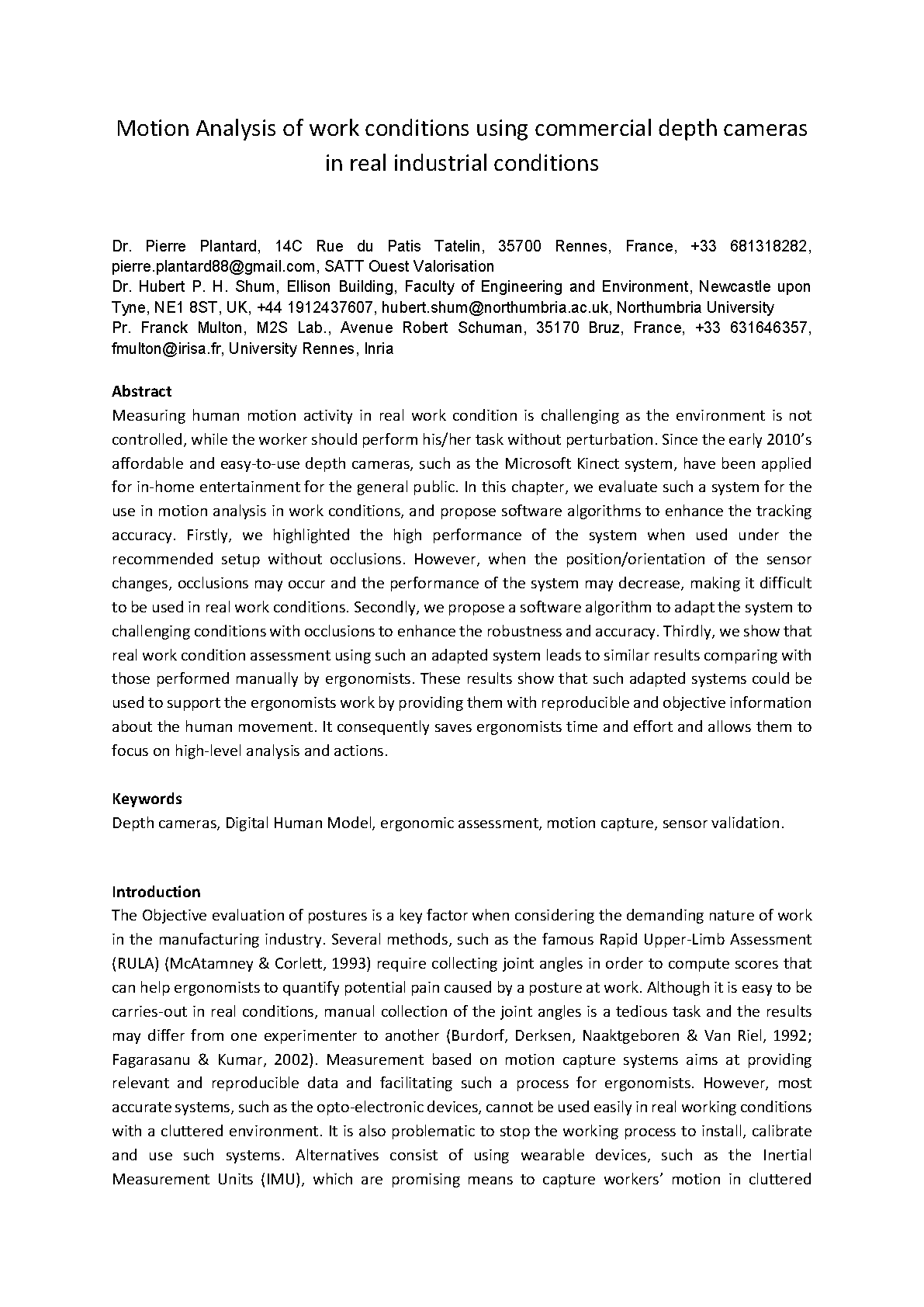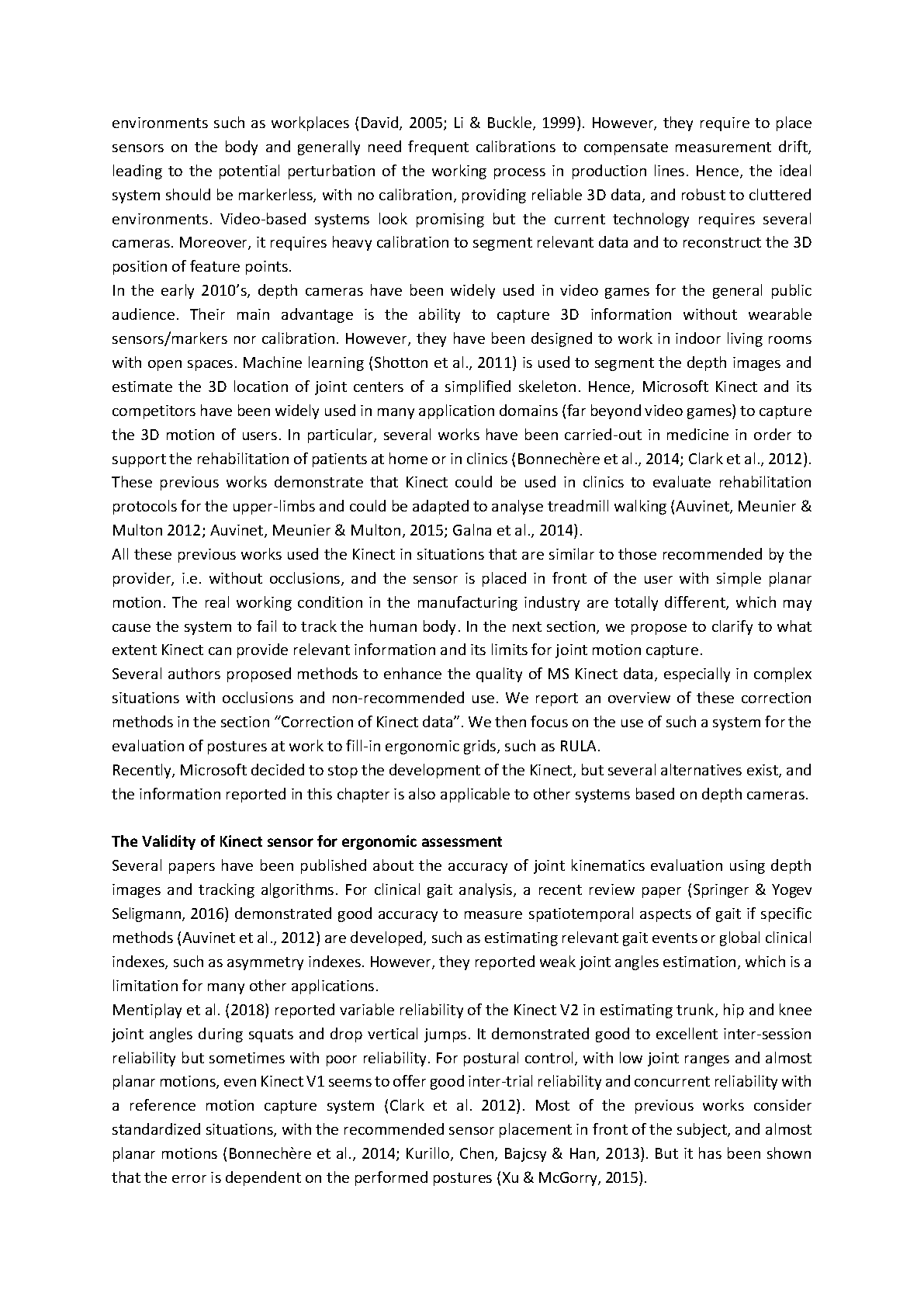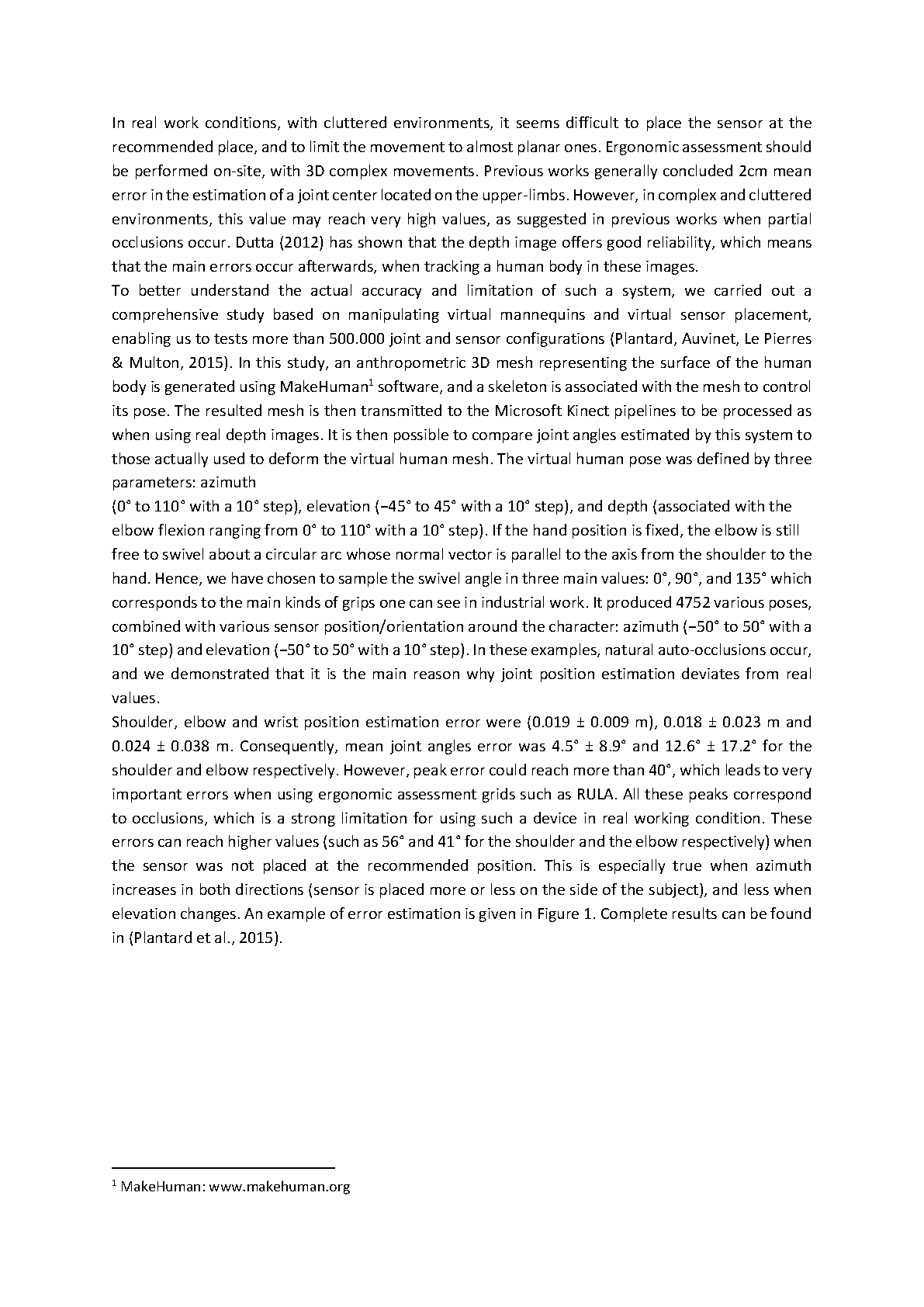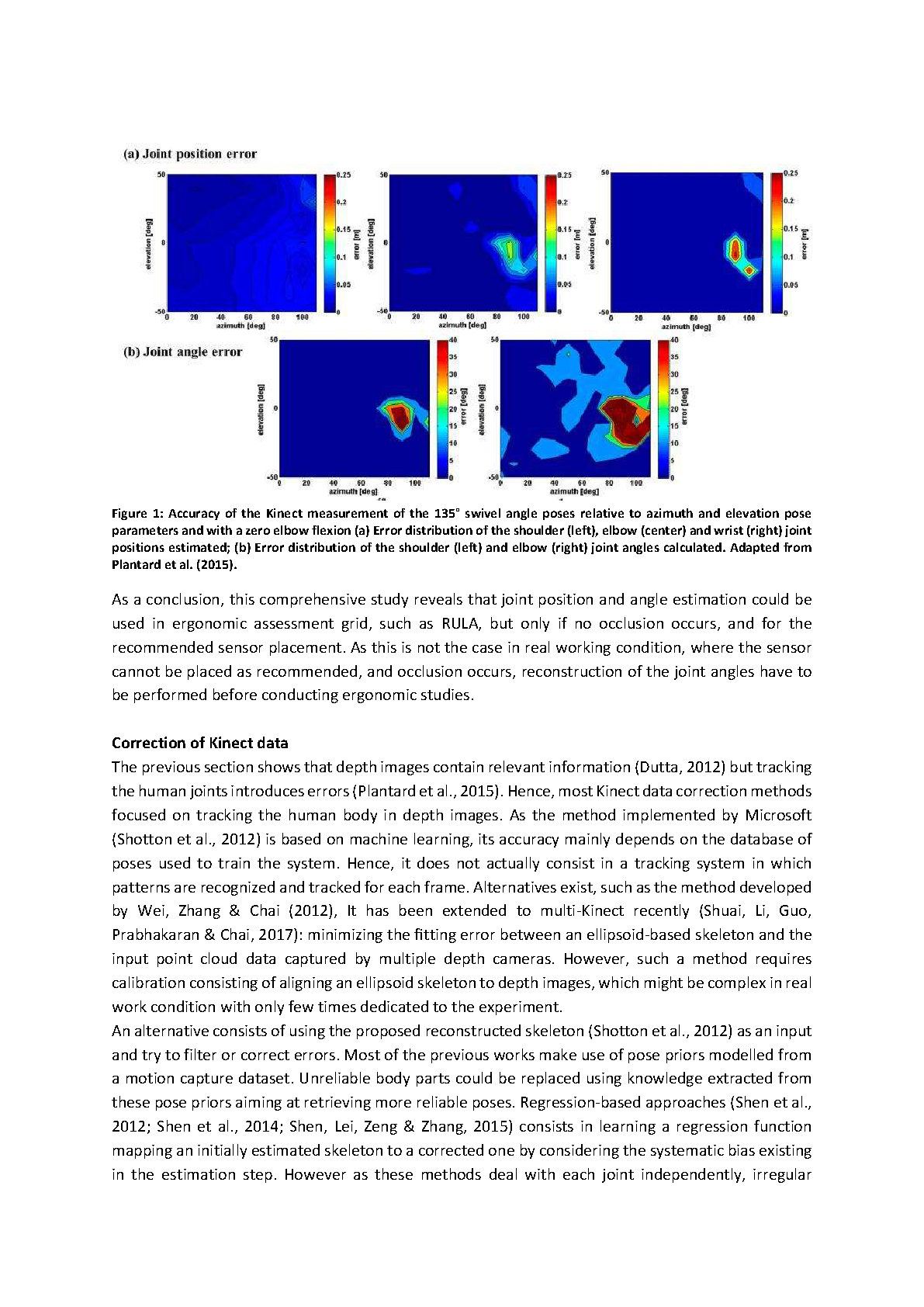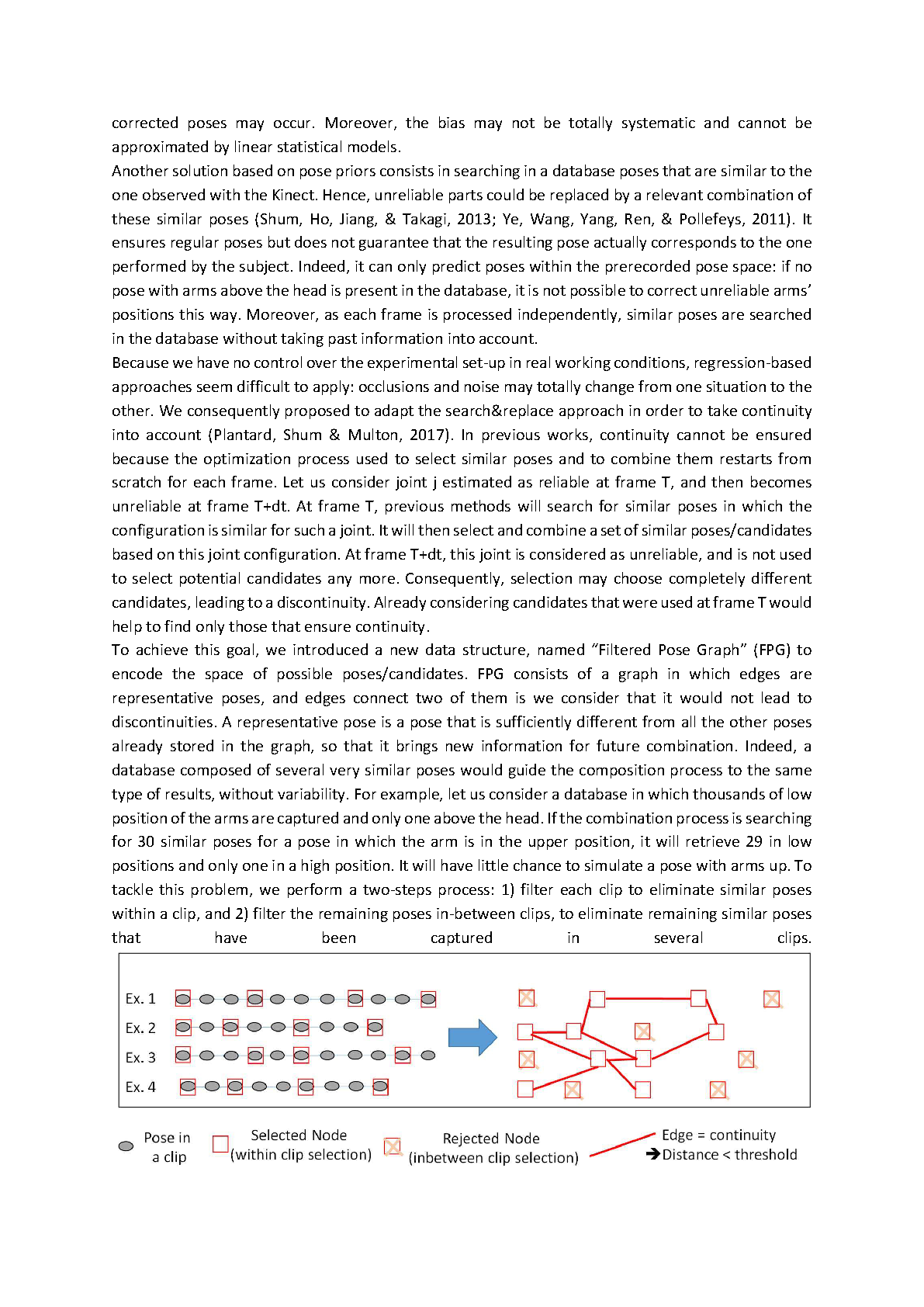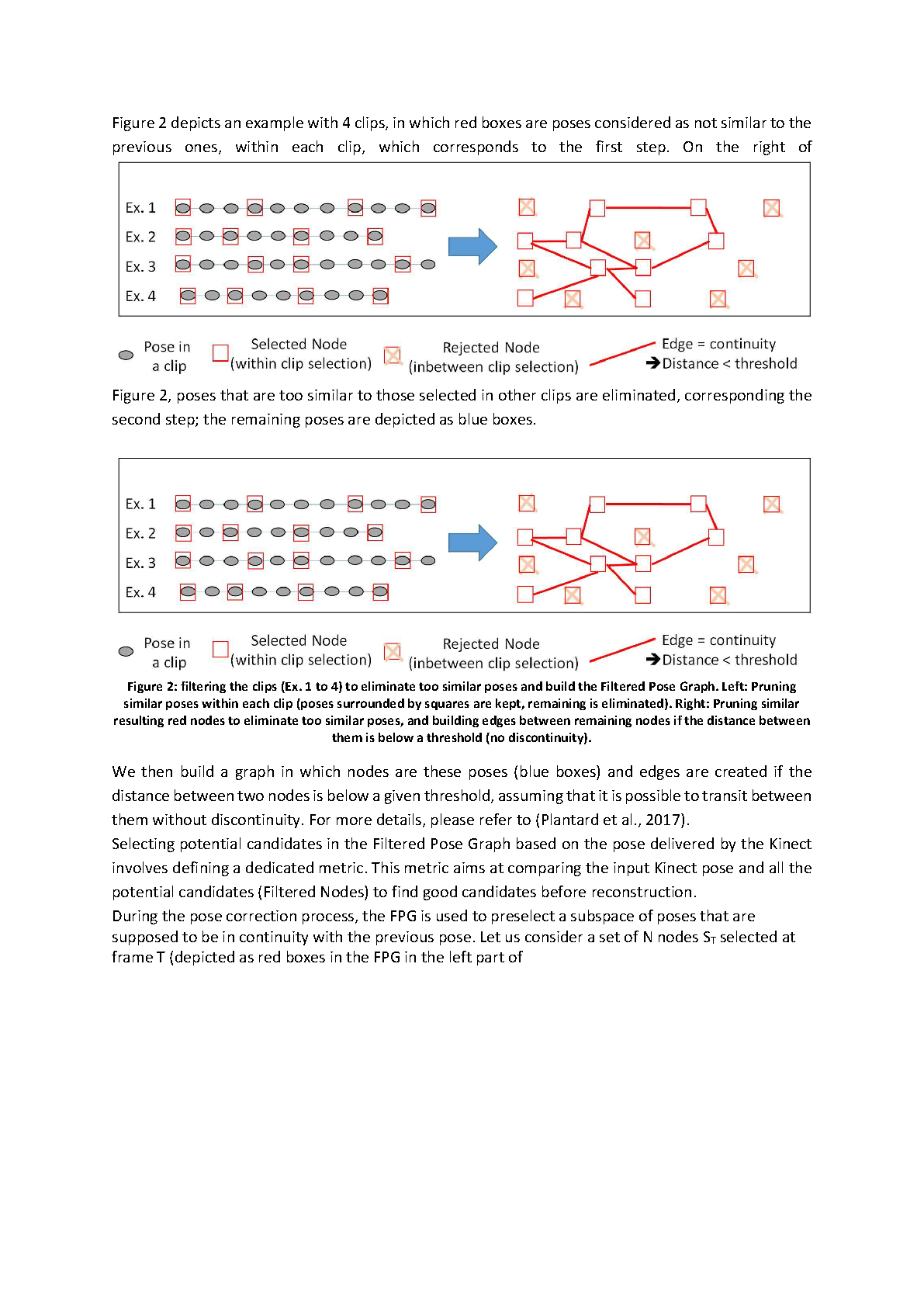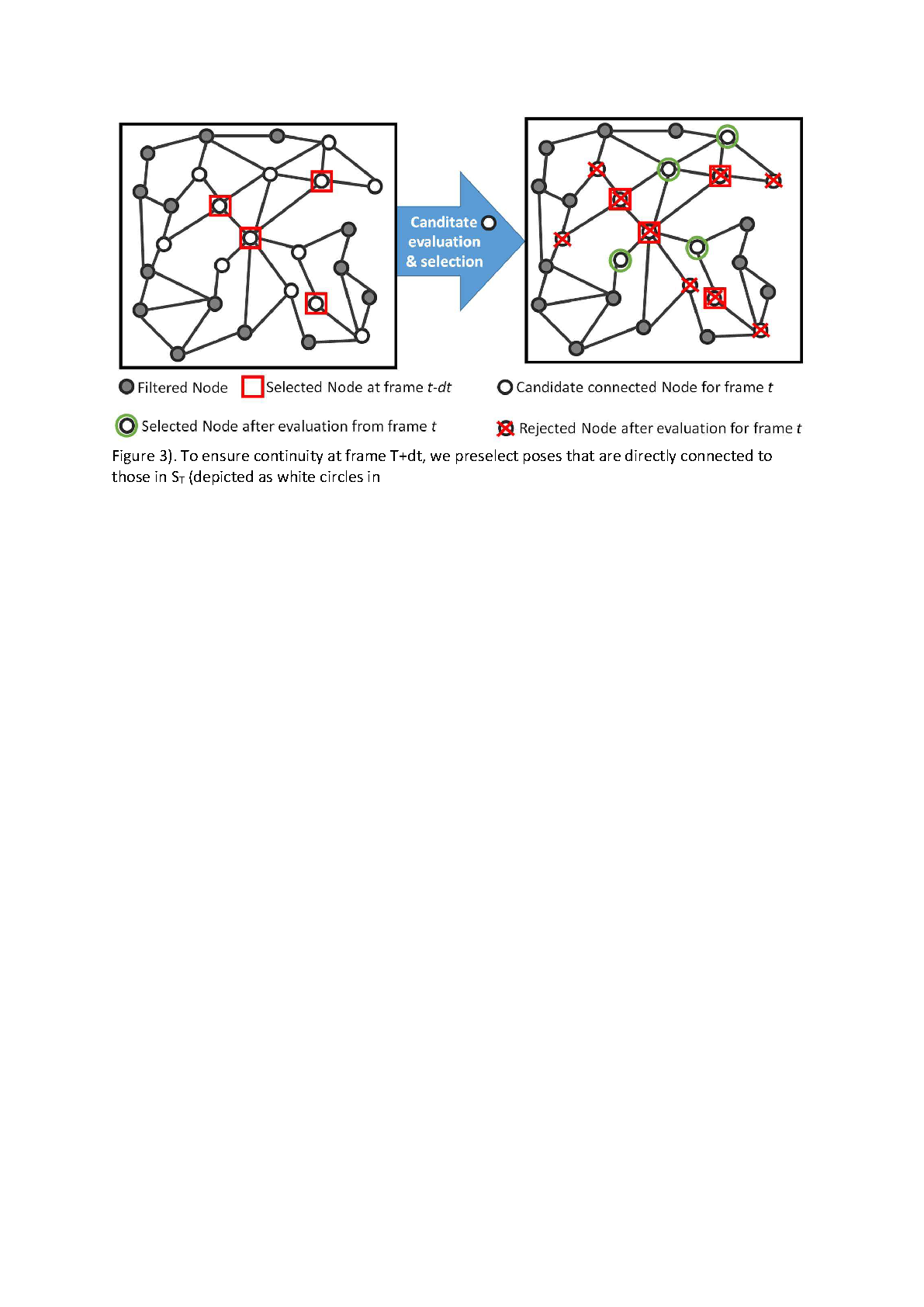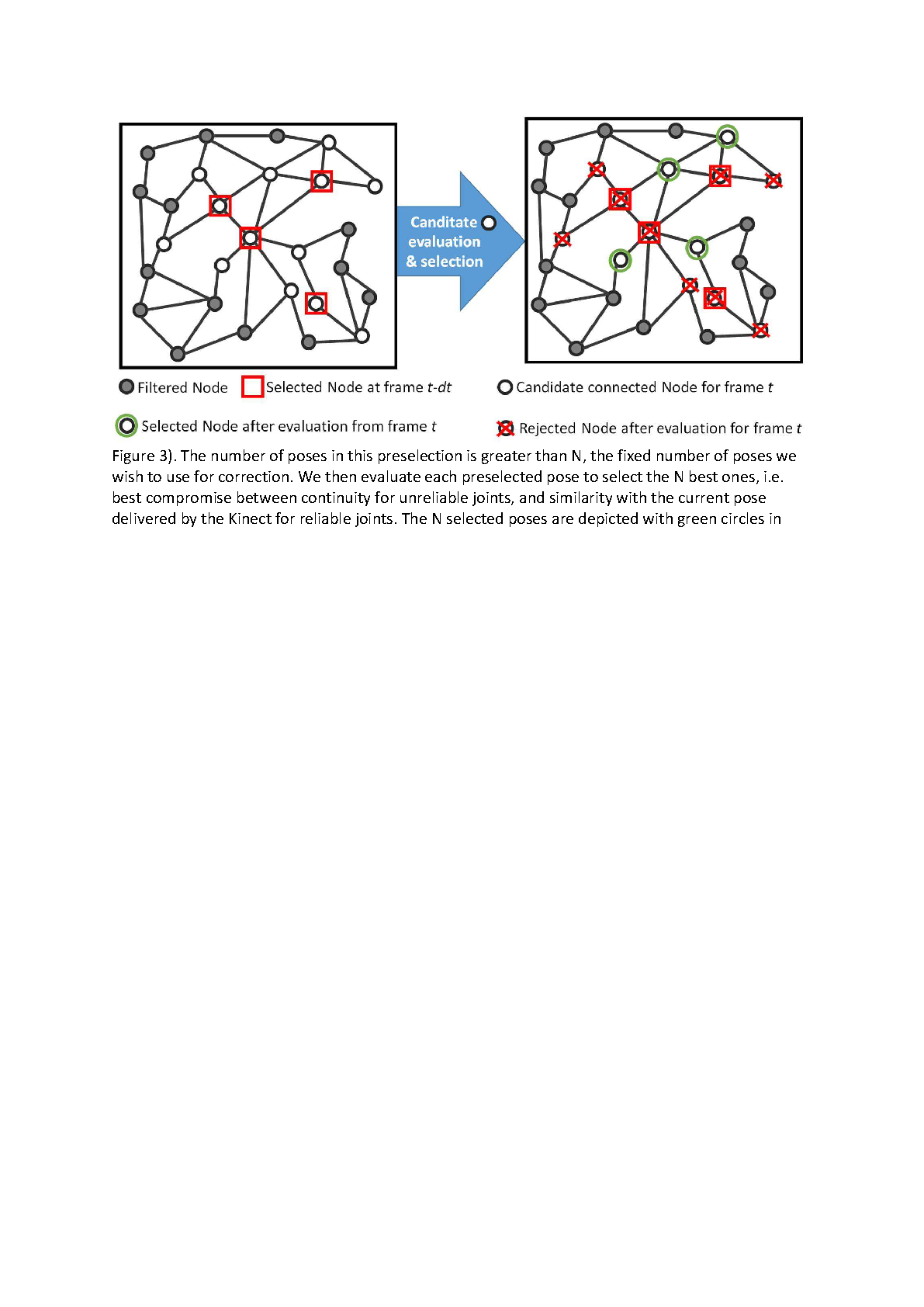Motion Analysis of Work Conditions using Commercial Depth Cameras in Real Industrial Conditions

Abstract
Measuring human motion activity in real work condition is challenging as the environment is not controlled, while the worker should perform his/her task without perturbation. Since the early 2010’s affordable and easy-to-use depth cameras, such as the Microsoft Kinect system, have been applied for in-home entertainment for the general public. In this chapter, we evaluate such a system for the use in motion analysis in work conditions, and propose software algorithms to enhance the tracking accuracy. Firstly, we highlighted the high performance of the system when used under the recommended setup without occlusions. However, when the position/orientation of the sensor changes, occlusions may occur and the performance of the system may decrease, making it difficult to be used in real work conditions. Secondly, we propose a software algorithm to adapt the system to challenging conditions with occlusions to enhance the robustness and accuracy. Thirdly, we show that real work condition assessment using such an adapted system leads to similar results comparing with those performed manually by ergonomists. These results show that such adapted systems could be used to support the ergonomists work by providing them with reproducible and objective information about the human movement. It consequently saves ergonomists time and effort and allows them to focus on high-level analysis and actions.
Publication
Motion Analysis of Work Conditions using Commercial Depth Cameras in Real Industrial Conditions by Shanfeng Hu, Hubert P. H. Shum and Antonio Mucherino in 2020
DHM and Posturography
Links and Downloads
